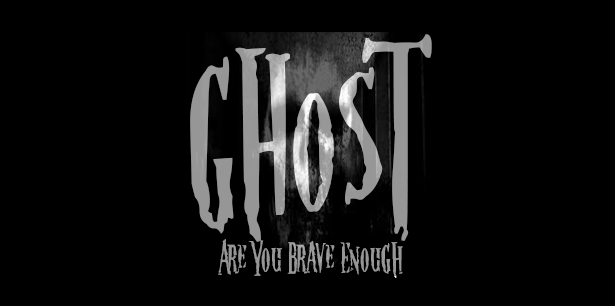Unveiling London's Infamous Past: Dorset Street's Reign as the City's Most Notorious Road
- Gary Taylor-Green
- Aug 25, 2023
- 3 min read

In the heart of Spitalfields, within the tangled web of East London's rookery, there lies a name that
reverberates through the darkened corridors of history — Dorset Street. The mere whisper of its name conjures the chilling memory of one of humanity's most macabre figures, the infamous Jack the Ripper. This cobbled passage, once notorious as "the worst street in London," bore witness to horrors that still stain the annals of time.
On the fateful night of November 9th, 1888, the air on Dorset Street turned thick with dread, as the moon hid behind clouds, unwilling to illuminate the ghastly act about to unfold. Mary Jane Kelly, an unfortunate soul, met her grisly demise within the very walls of No. 13, Miller's Court. The darkness swathed her lodging, a sanctum turned slaughterhouse, as her life was snuffed out by the merciless hand of the Ripper. The narrow alley between numbers 26 and 27 became a passage to hell itself, where the echoes of her final cries still resonate.
But the horrors did not cease with Kelly's blood-soaked room. Dorset Street was a haven for the

desperate, a breeding ground for vice, and a playground for monsters in human guise. Slum landlords like Jack McCarthy and William Crossingham held dominion over this abyss, orchestrating a symphony of sin that included prostitutes, stolen goods, and brutal battles. The street's corridors dripped with darkness, while the macabre puppet masters reveled in the suffering they curated.
Legitimate businesses stood as mere islands of sanity in this sea of malevolence. Barnett Price's grocery store at No. 7 and the Blue Coat Boy pub offered brief respites from the surrounding maleficence, yet their presence did little to cleanse the pervasive stain of Dorset Street's horrors. The lodging houses teemed with wretched souls, creating a breeding ground for criminality that seemed to thrive in the shadows.
As the decades passed, Dorset Street's grip on terror remained unyielding. The annals of time tell tales of further bloodshed and inexplicable brutality. Mary Ann Austin met her end with ten agonizing wounds in the very home that once sheltered Annie Chapman. In 1909, the Ripper's specter returned, this time claiming Kitty Ronan's life. A throat slashed, a life extinguished, and the streets held onto their secrets, shrouded in darkness and despair.
George Duckworth's words in 1898 cast a shadow that still lingers, branding Dorset Street as a cesspool of malevolence, where thieves, prostitutes, and bullies flourished. The Daily Mail's declaration in 1901 bestowed upon it the title of "The Worst Street in London." And as the years rolled on, the sinister legacy endured, even as the street underwent a transformation, emerging as Duval Street, a remnant of its past.
Today, the physical remnants have been replaced, a car park now covering the secrets buried beneath. The horrors of Dorset Street have become a tale whispered in the wind, a chilling reminder of the darkness that can fester within the heart of humanity. But those who dare to tread in the footsteps of the past may still hear the faint echoes of agony and desperation, the echoes that refuse to be silenced.
In the end, the shadows of Dorset Street serve as a grim reminder that even within the mundane façade of urban life, unspeakable horrors can thrive, hidden in plain sight, waiting to claim their next victim.
Enter if you dare, into the depths of Dorset's darkness, where the Ripper's legacy lingers and nightmares come alive...










Comments